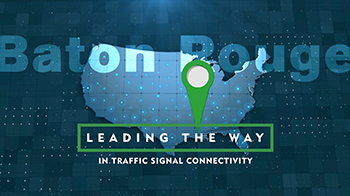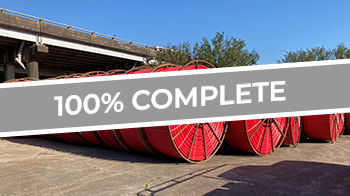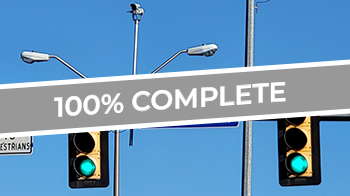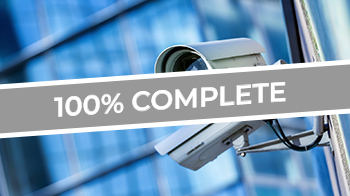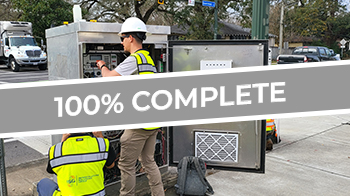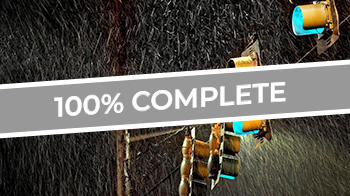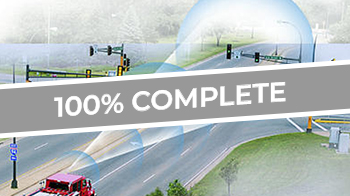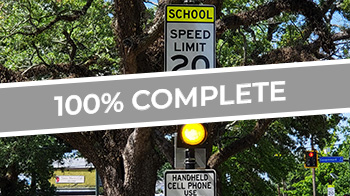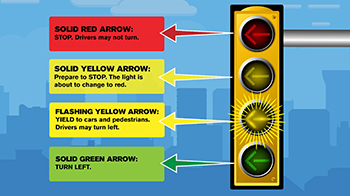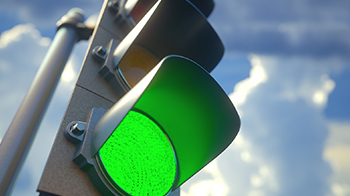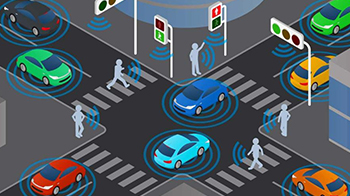Plans, maps, and information made available for download on this web site are posted to aid in the efficient dissemination of information to the public, design consultants, and other stakeholders. The City of Baton Rouge/Parish of East Baton Rouge makes these documents available on an “as is” basis. Under no circumstances will the City-Parish, or any of its officers, employees, or representatives be liable for any consequential, incidental, special or exemplary damages even if appraised of the likelihood of such damages occurring. The City-Parish does not warrant the documents against deficiencies of any kind. The use of any of these documents for work which is under contract with the City-Parish, does not relieve the consultant or contractor from any obligations assumed by the contract, or from complete and proper fulfillment of the terms of the contract, nor does it entitle the contractor to compensation for damages or loss which could be attributed to such use.
Please note: Final official Right-of-Way Maps shall be those filed and available in the East Baton Rouge Clerk of Courts Office. Official Final Plans for construction shall be those provided by the City-Parish through formal public bid advertisement, as amended by any potential issued addenda.

